In response to Environmental Protection Agency (EPA) rules about limiting air pollution, 24 states have joined together in a lawsuit against the Biden administration.
These states are asking for the implementation of these rules to be reconsidered. Critics of the rule change say that it is likely to kill jobs in the United States.
Many States Are Suing
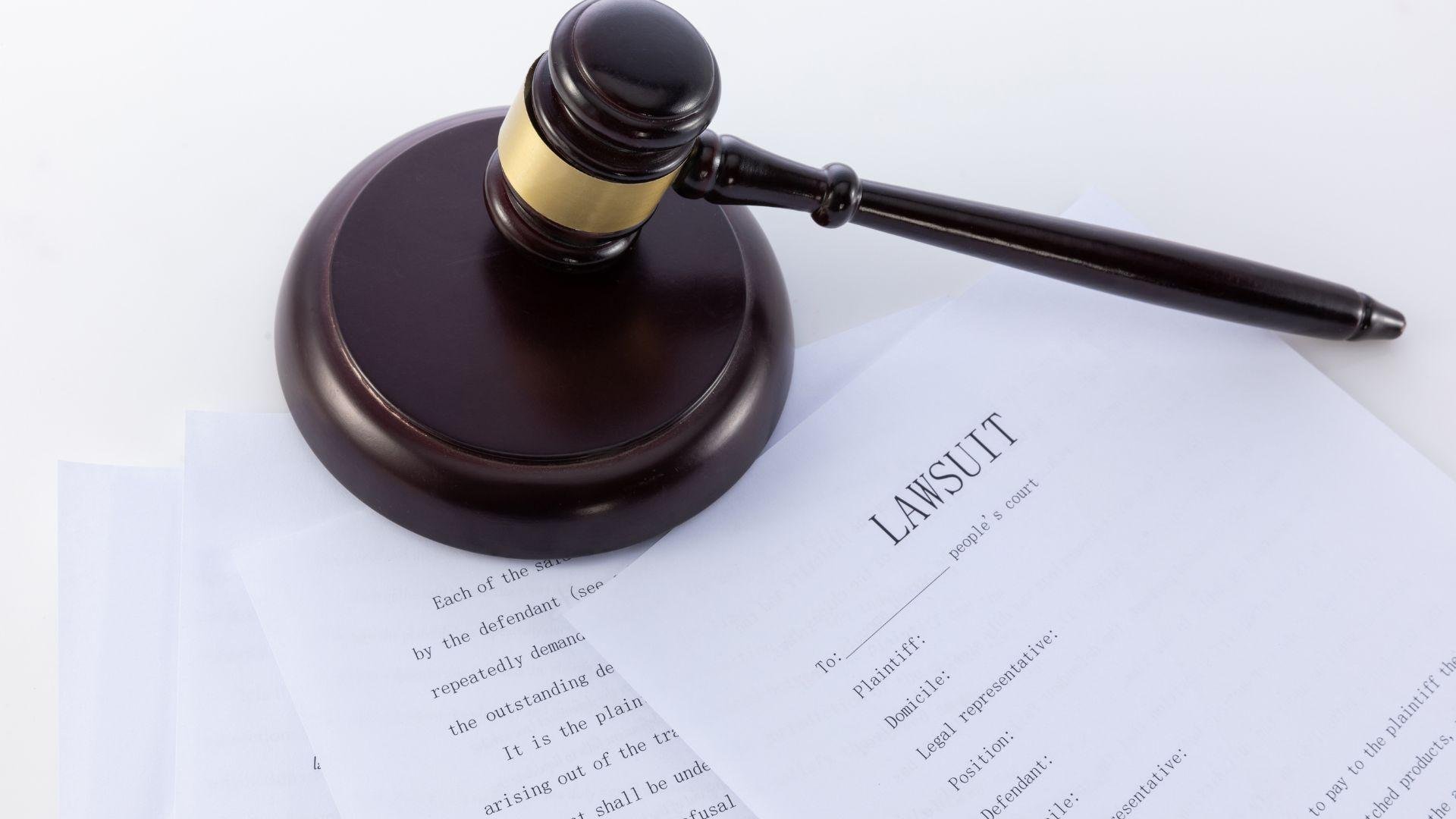
The joint filing by 24 states petitions for a review of this rule before it goes into effect, though it does not specify what exact reasons the states’ are suing.
The EPA rule will force states to implement sufficient policies and directives aimed at improving air quality. It also sets a soot pollution limit that states will be required to meet.
What is Soot Pollution?
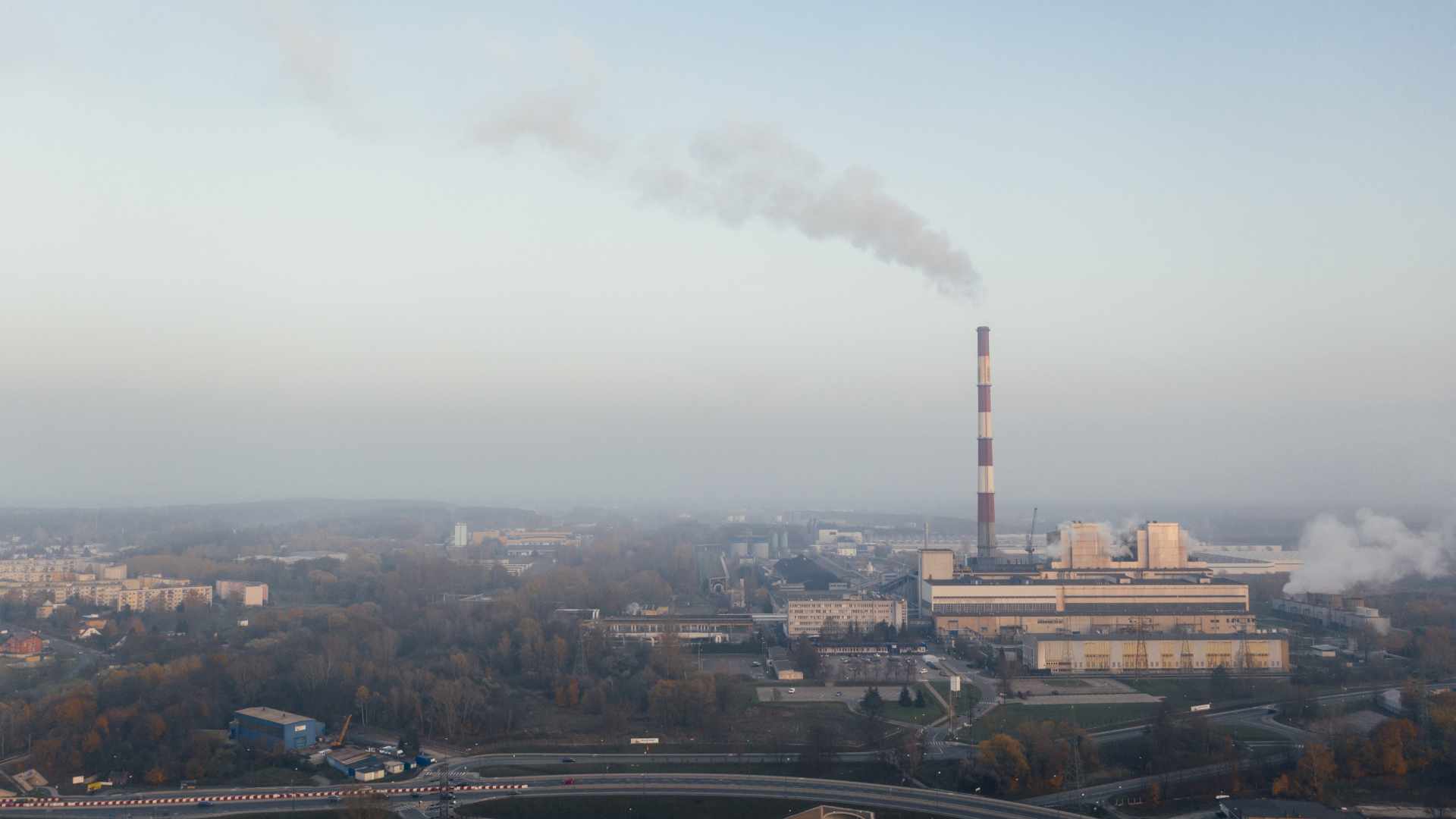
The EPA defines soot as a deadly pollutant that is commonly produced by power plants, industrial production, and the tailpipes of automobiles. Soot is also known as black carbon and is the byproduct of an incomplete burning of wood and fossil fuels.
What makes soot dangerous is that it contains a fine powder that will waft into the air. This powder may contain carcinogens which have negative health consequences for humans and the surrounding environment in large concentrations.
Opposition to the Rule

Russell Coleman, an attorney general from Kentucky, released a press statement about the lawsuit filing. In it, he outlined several reasons why attorney generals across the country have joined in the lawsuit.
“This rule will drive jobs and investment out of Kentucky and overseas, leaving employers and hardworking families to pay the price,” he said.
Radical Green Agenda

In the statement, Coleman accuses the EPA of prioritizing a radical agenda being pushed by the president of the United States over the concerns of regular Americans.
“The EPA’s new rule has more to do with advancing President Biden’s radical green agenda than protecting Kentuckians’ health or the environment. This rule will drive jobs and investment out of Kentucky and overseas, leaving employers and hardworking families to pay the price,” said General Coleman.
Chafing Under Strict Regulations

Coleman asserts in the press release that the United States already has strict air quality standards and raising them further is not worth it.
“Even before this heavy-handed new rule, the United States has some of the strictest air quality standards in the world – tougher than the European Union and far more stringent than the world’s worst polluters, including China, India and Indonesia,” Coleman wrote.
Negative Possible Effects of the Rule

It’s possible that the burden this new rule puts on businesses could have negative consequences for Kentucky and other states. Coleman went over a few consequences in his statement.
“The new EPA rule could: block the permitting of new manufacturing facilities and drive good-paying jobs out of Kentucky and overseas; stop new infrastructure construction and leave Kentuckians on unsafe and congested roads and bridges; and require small businesses, farmers, restaurants and even homeowners to pay for costly new equipment,” he wrote.
Industry Associations’ Objections
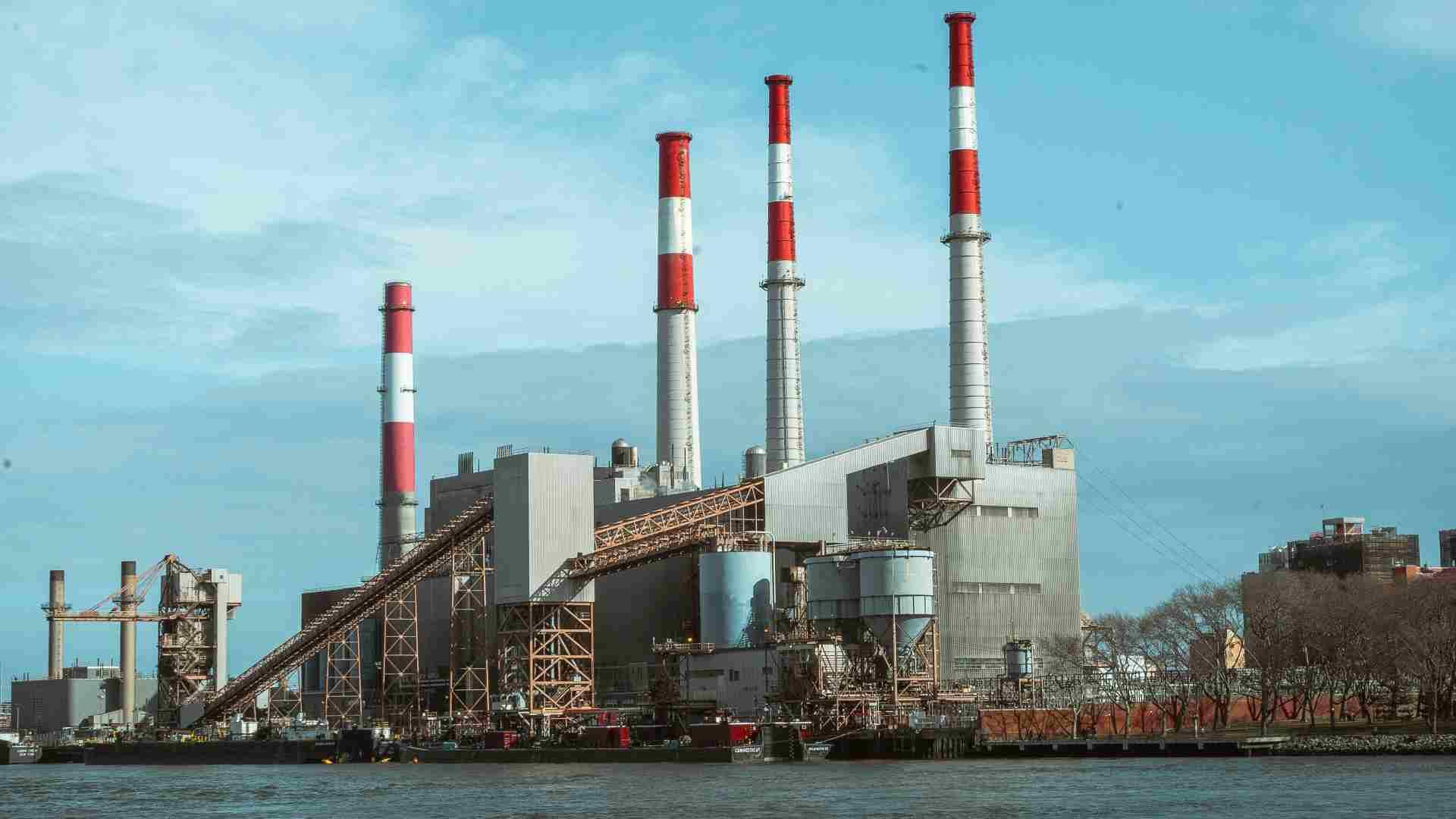
In an October letter, several industry leaders joined together to voice their objections to the EPA rule change.
“The undersigned associations urge you to ensure the Environmental Protection Agency maintains existing National Ambient Air Quality Standards for fine particulate matter (PM2.5). A proposed discretionary revision to this standard, which is under review by the Office of Information and Regulatory Affairs, could put nearly 40% of the U.S. population in areas of Nonattainment,” the letter said.
Rule Finalized
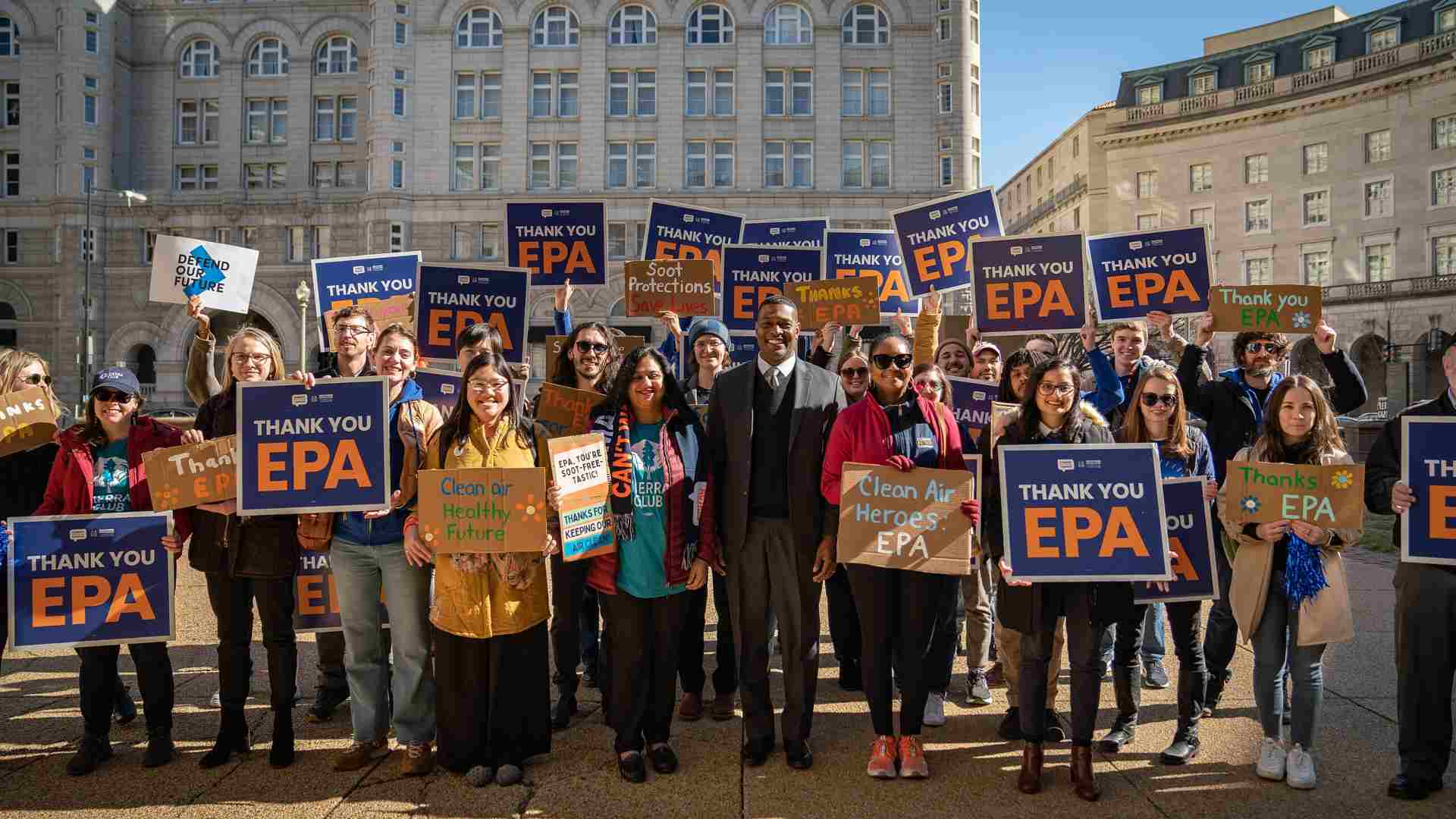
According to Reuters, the EPA finalized the rule in February. The rule would lower the allowable amount of particulate matter from soot in the air from 12 micrograms per cubic meter down to 9 micrograms per cubic meter.
The EPA has said that it will now undergo a process over the next couple of years to determine which areas are already in compliance with the soot limit and which need to have plans drawn up for them.
A Healthy Economy

When the EPA rule was finalized, EPA administrator Michael Regan talked to reporters about the motivation behind the decision. In his comments, he pointed out how this rule is part of the current administration’s agenda.
This rule “really does represent what the Biden-Harris administration is all about: healthy people equals a healthy economy,” Regan said.
Cost of Compliance

EPA estimates put the cost of compliance around $590 million. Although the revised soot limits were finalized in February of this year, they are not set to take effect until 2032.
While they are projecting a cost, they also estimate that this move would generate over $46 billion in health benefits and save more than 4,500 lives
How Many Counties Would Be Affected?
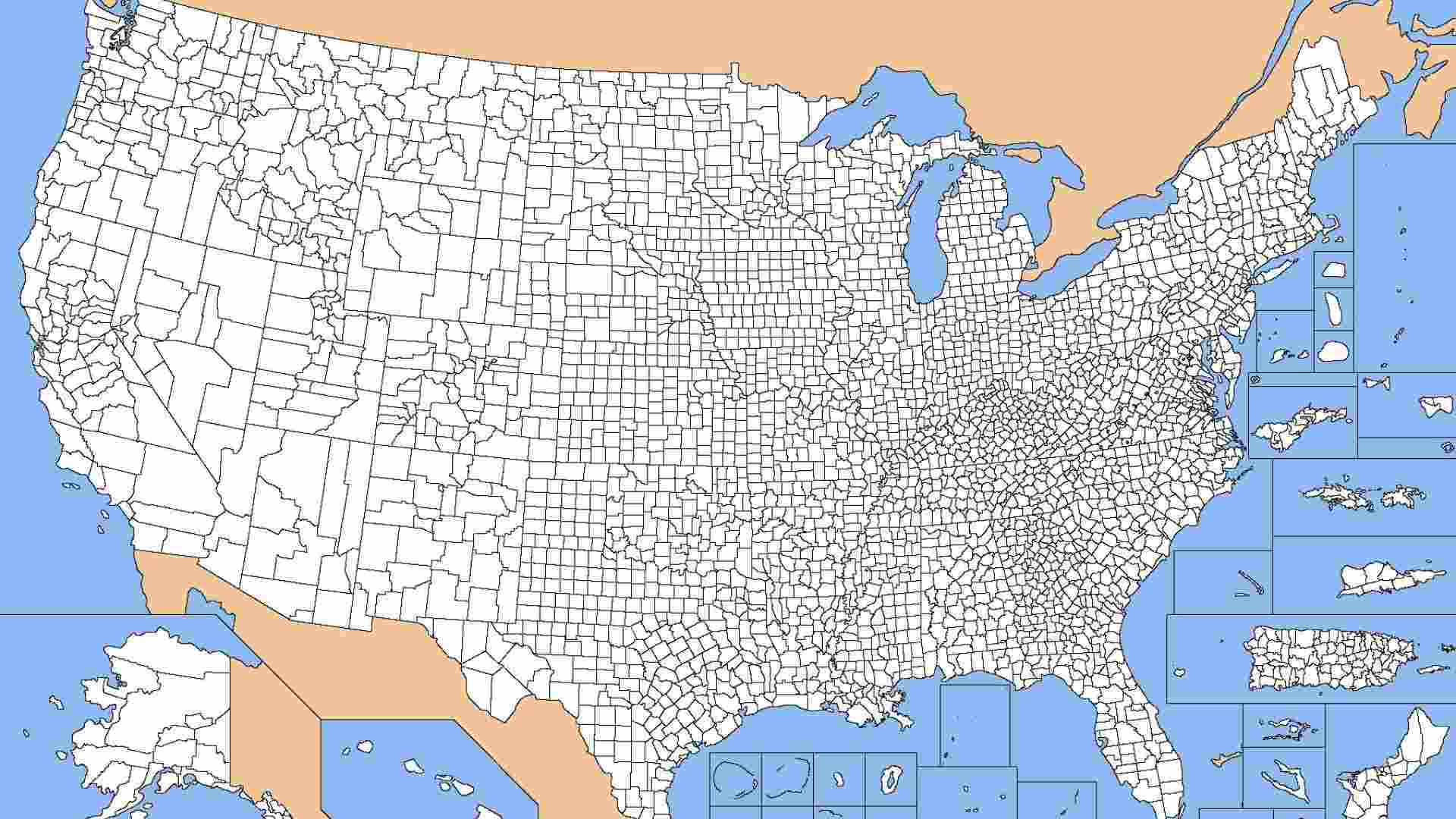
The US Chamber of Commerce projected that out of the 3,143 counties in the United States, there could be as many as 569 counties that would be out of compliance. Another major source of soot pollution comes from wildfires, which often have nothing to do with human industrial production.
However, the EPA predicts that only 52 counties will not be able to meet these standards by the time 2032 rolls around. This discrepancy could be a point of contention in the lawsuit against the Biden administration.
